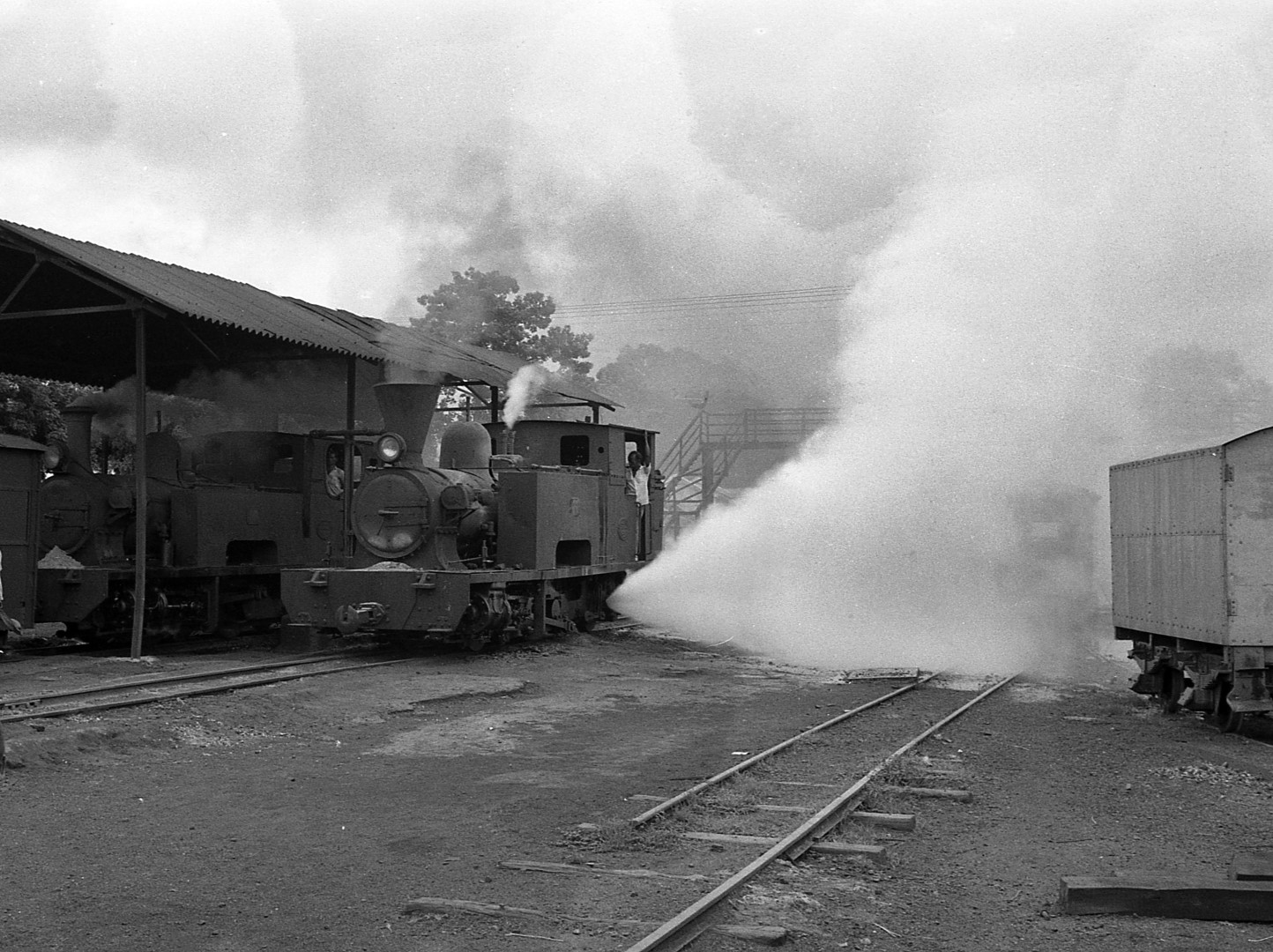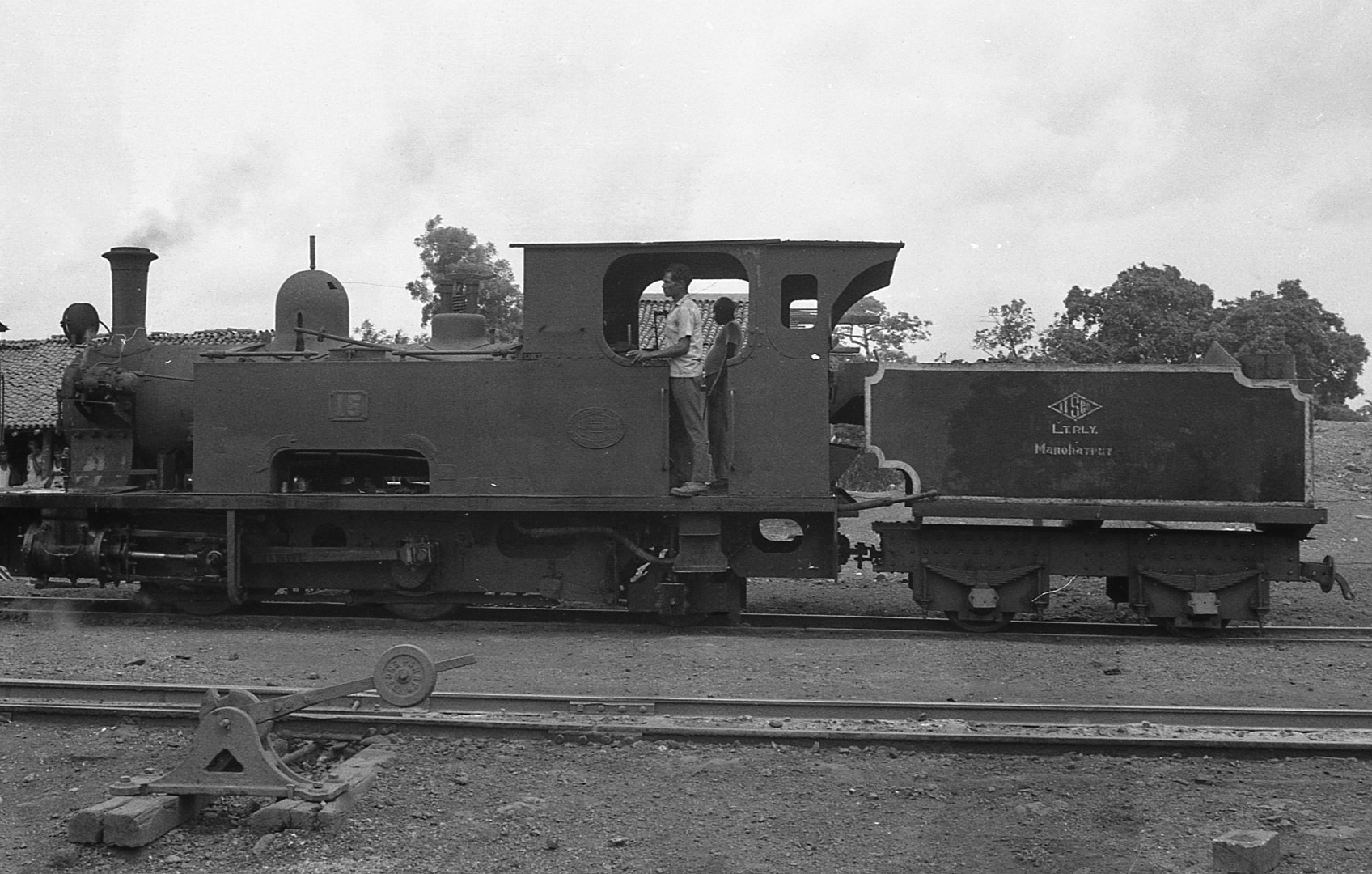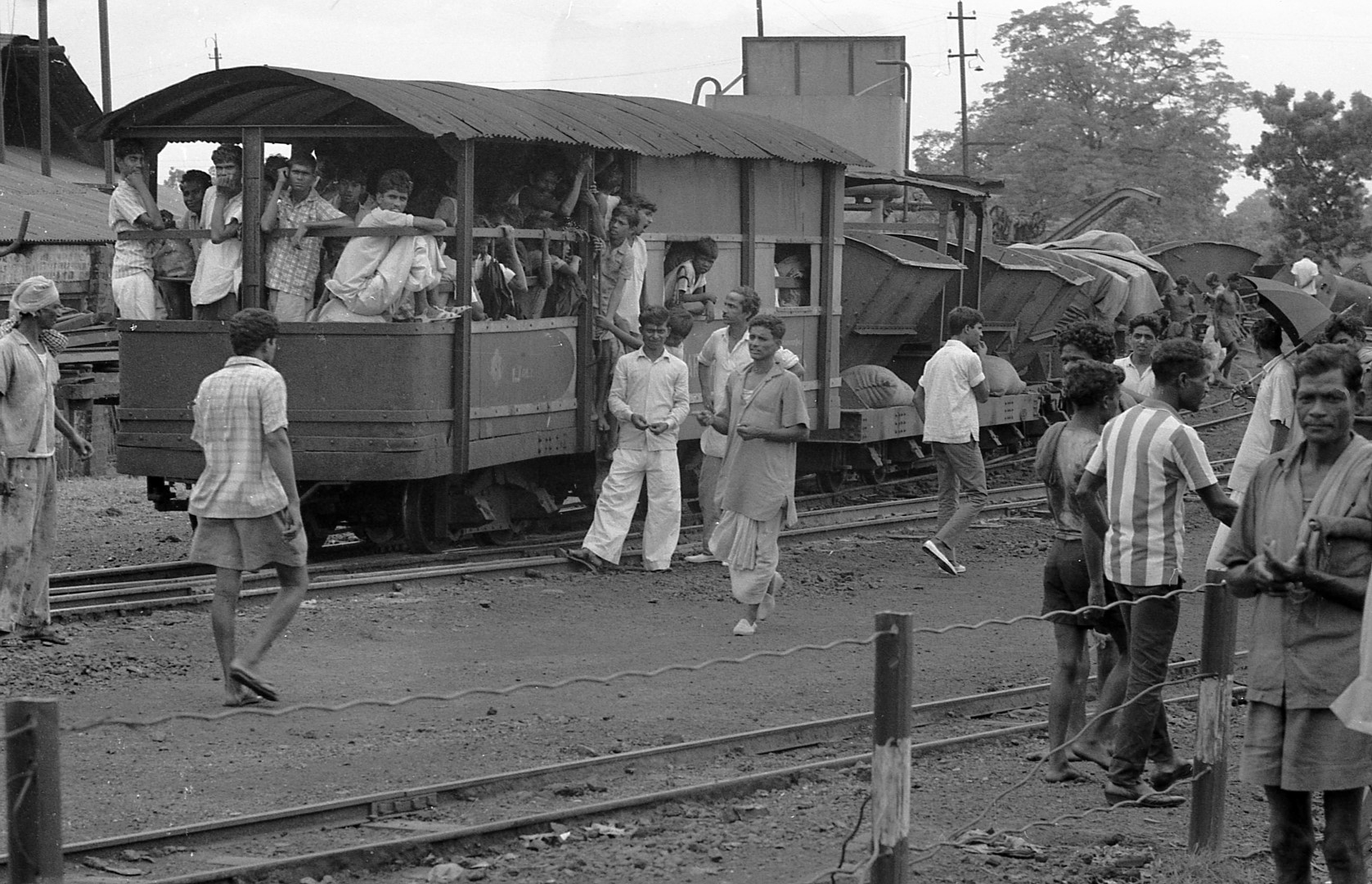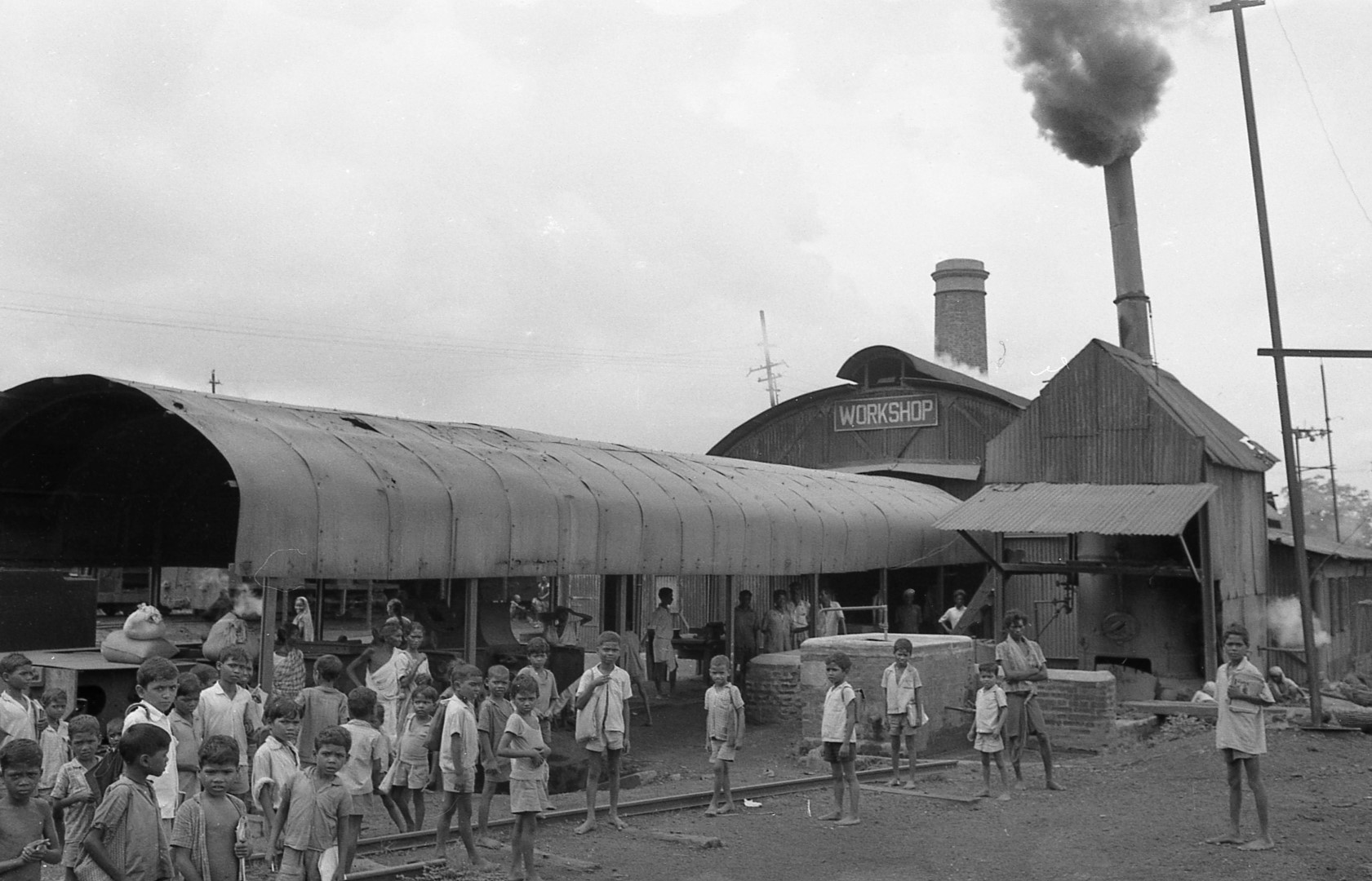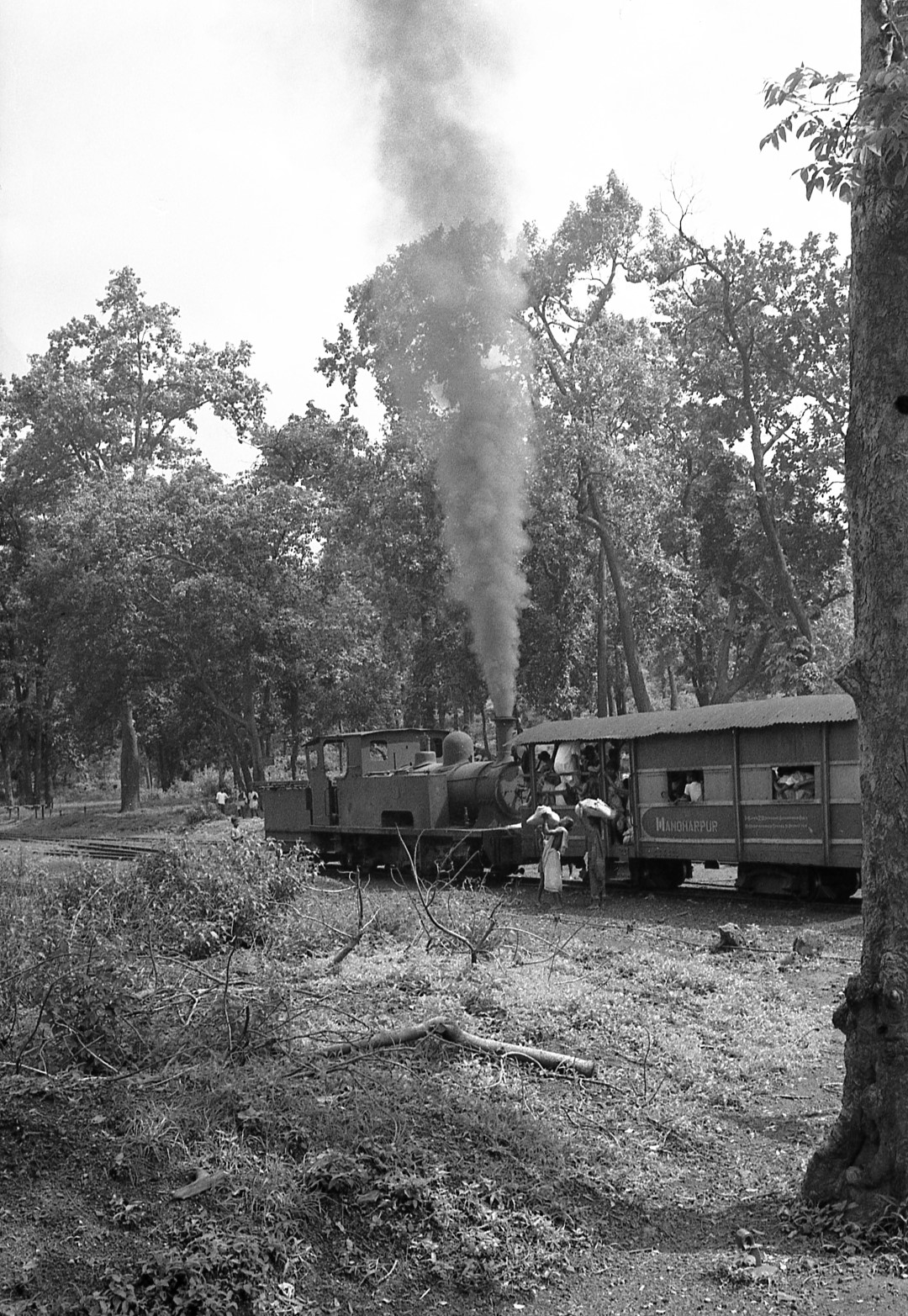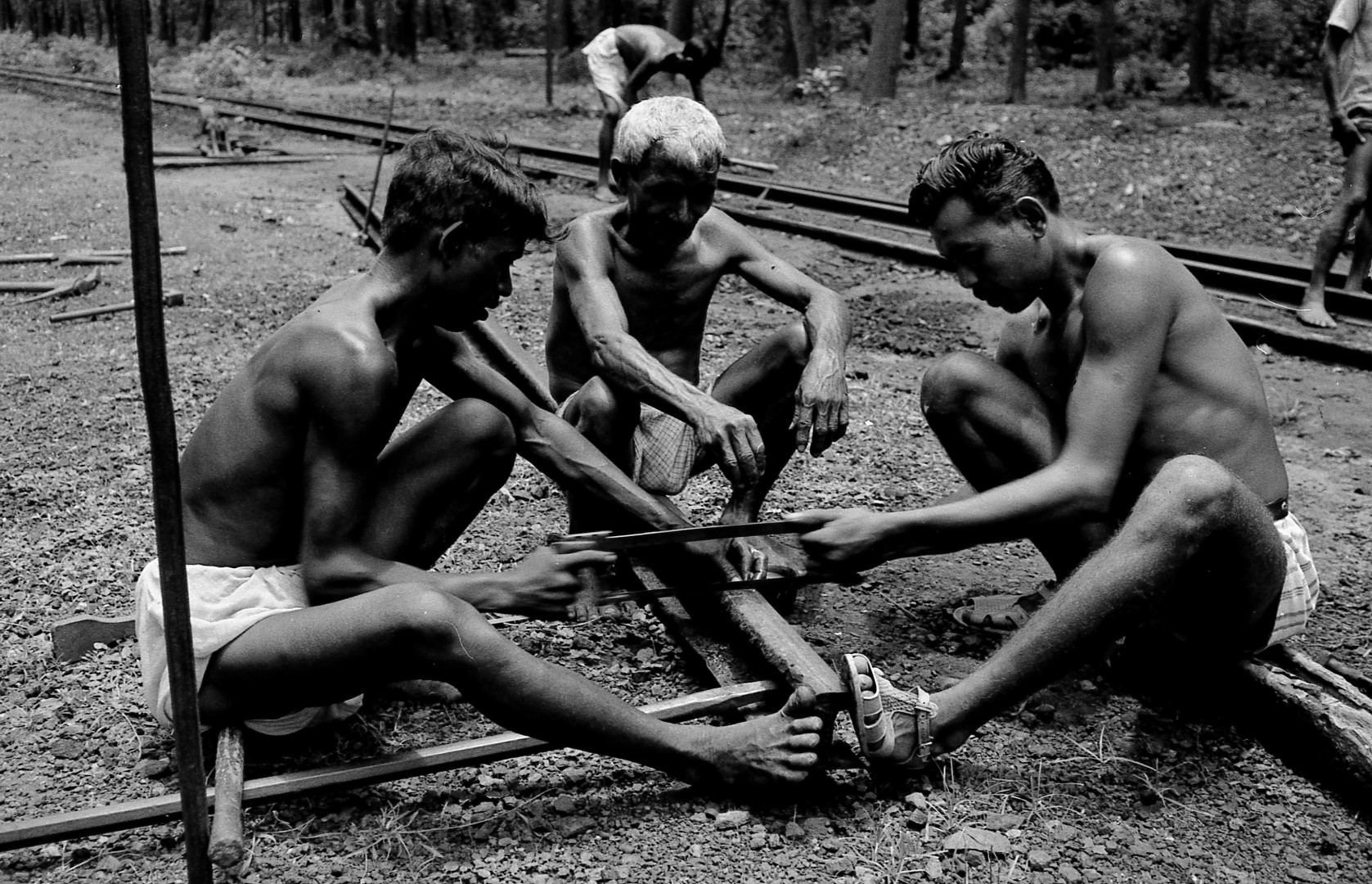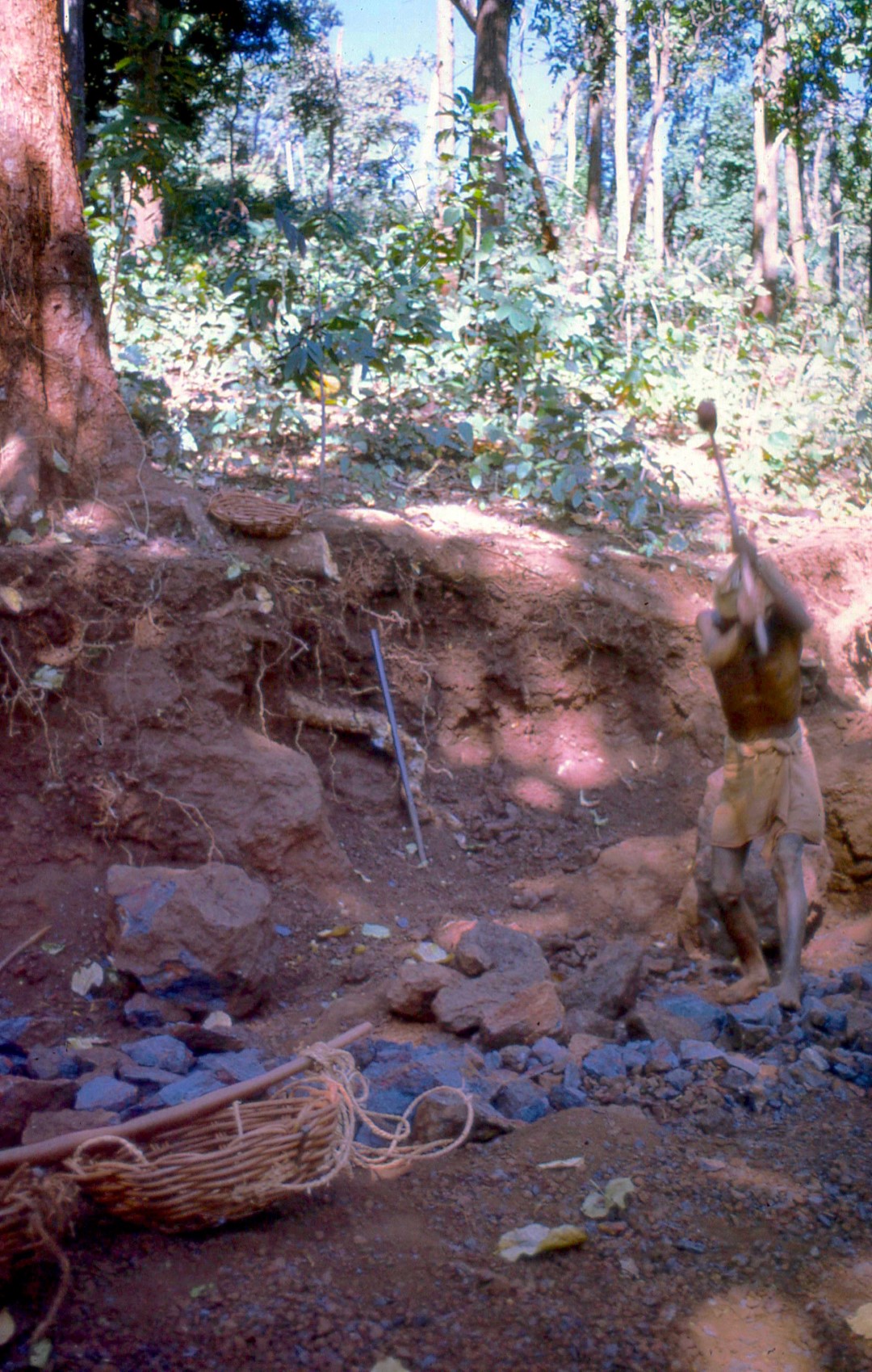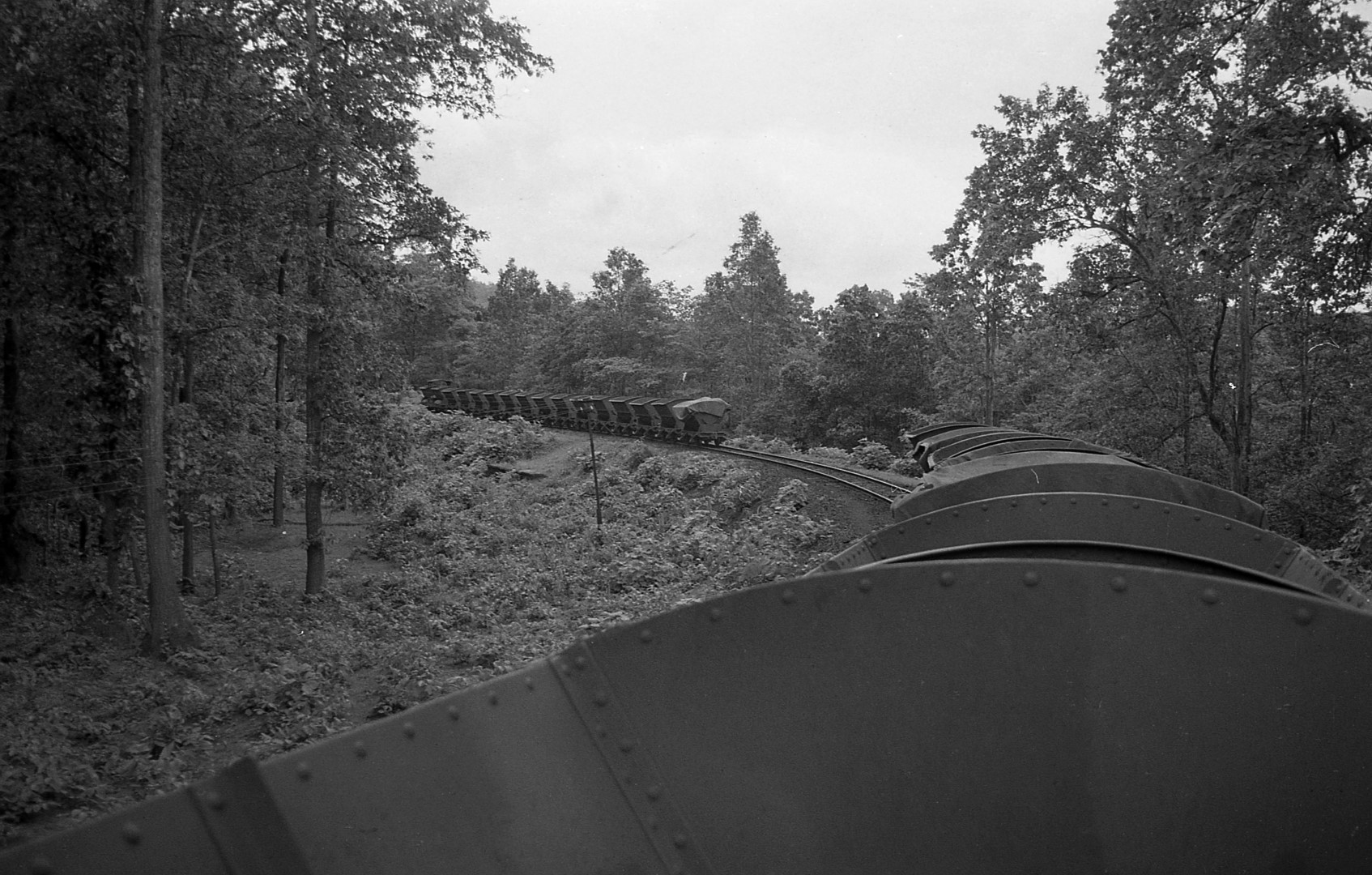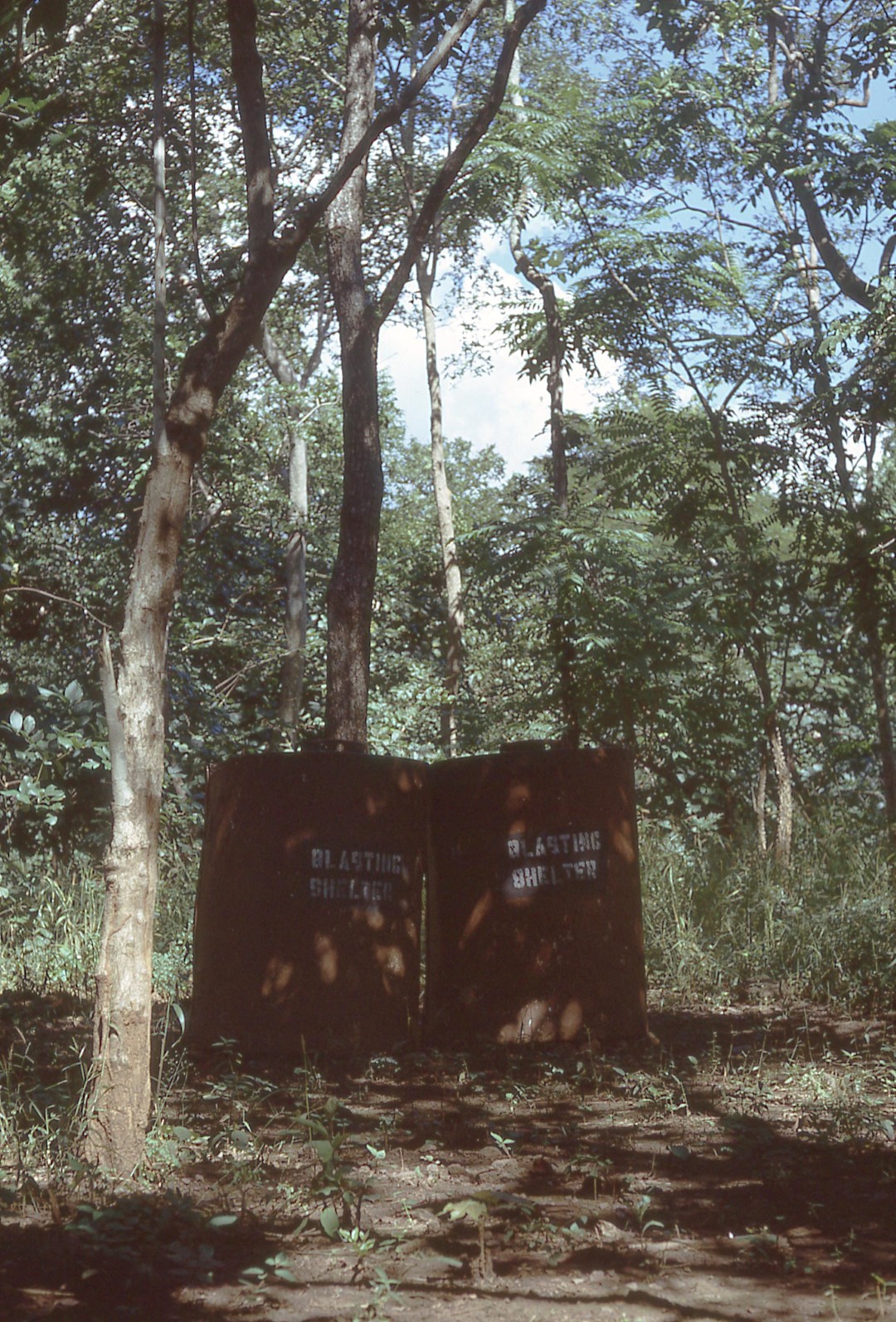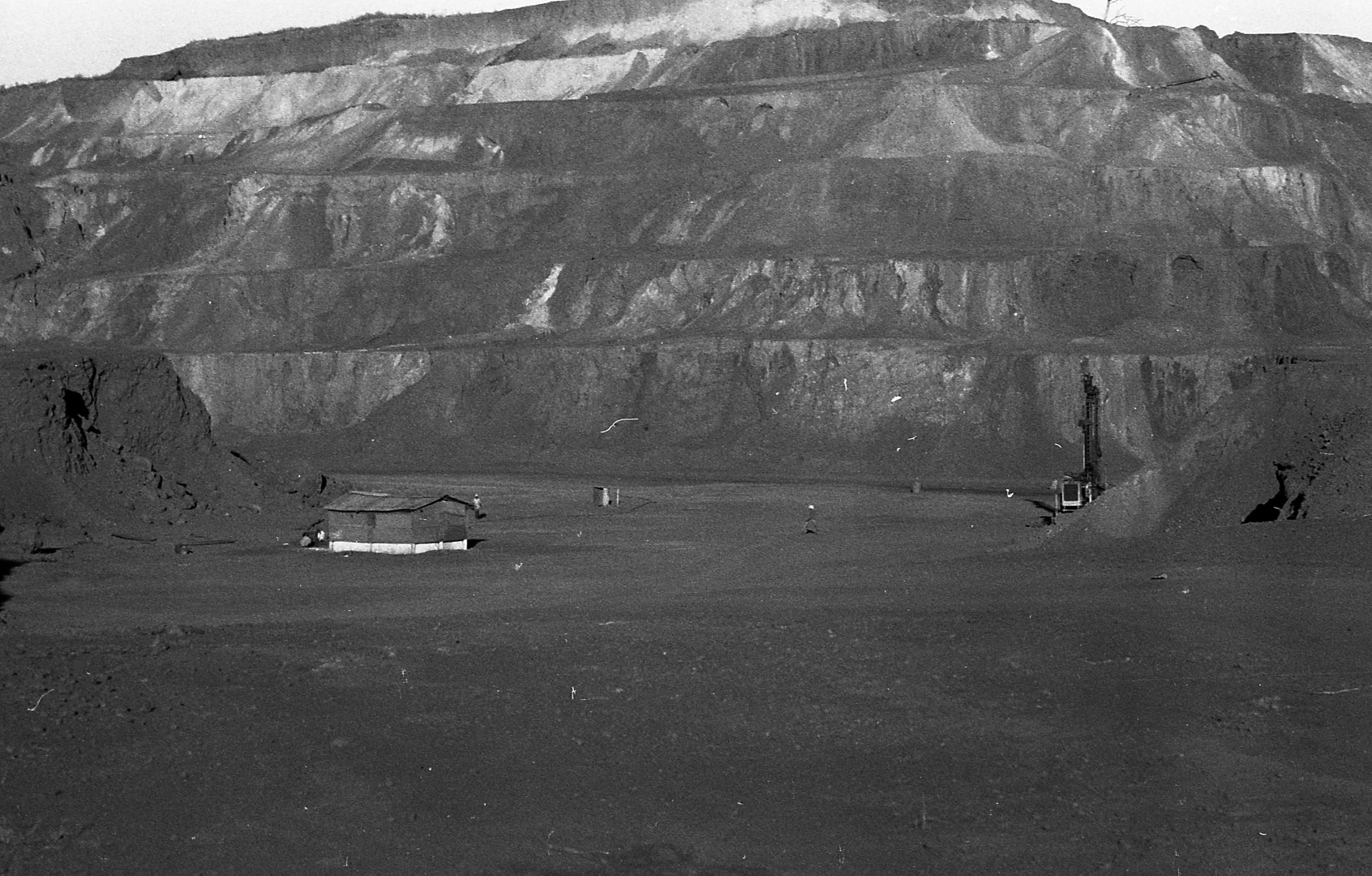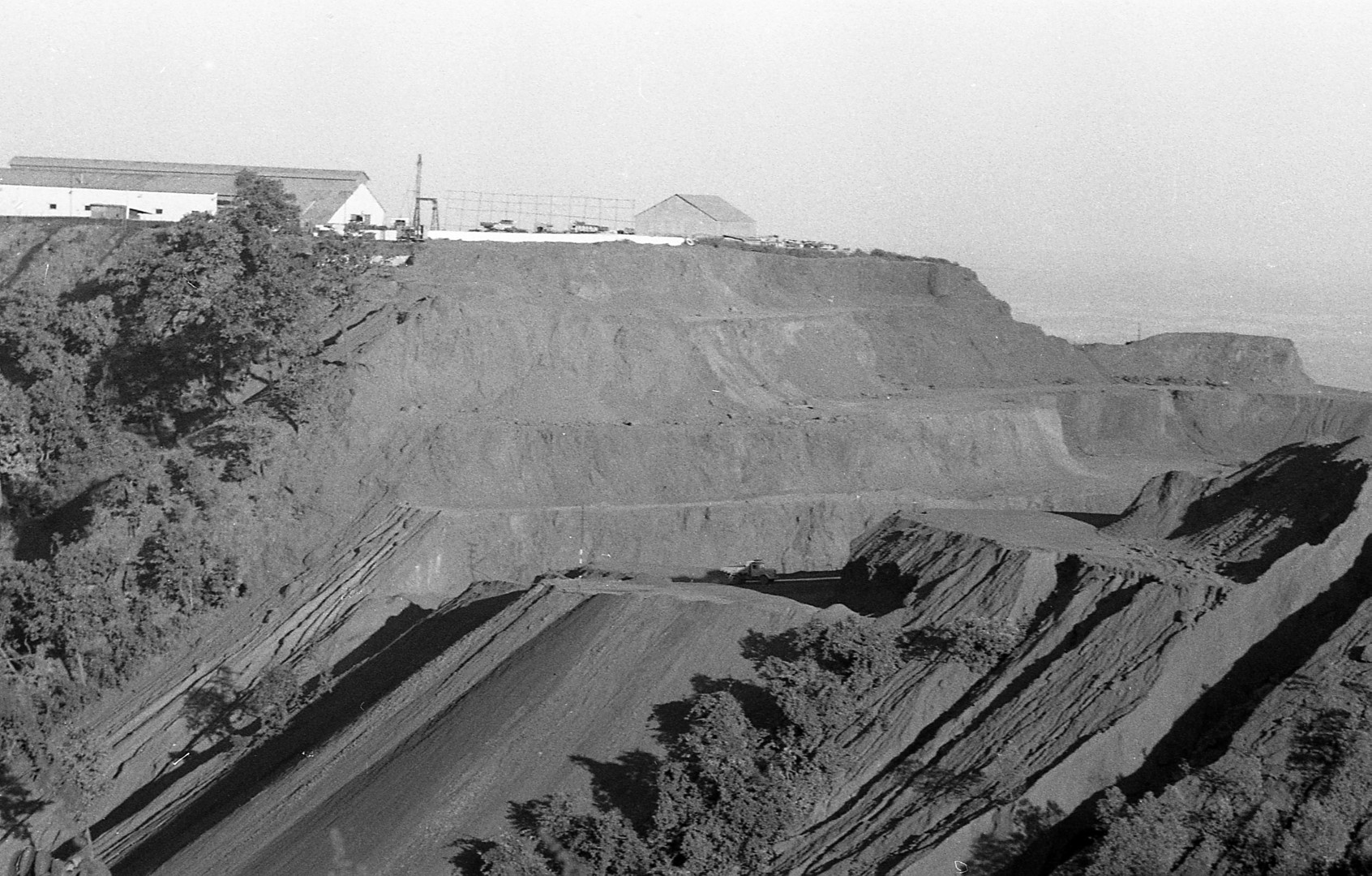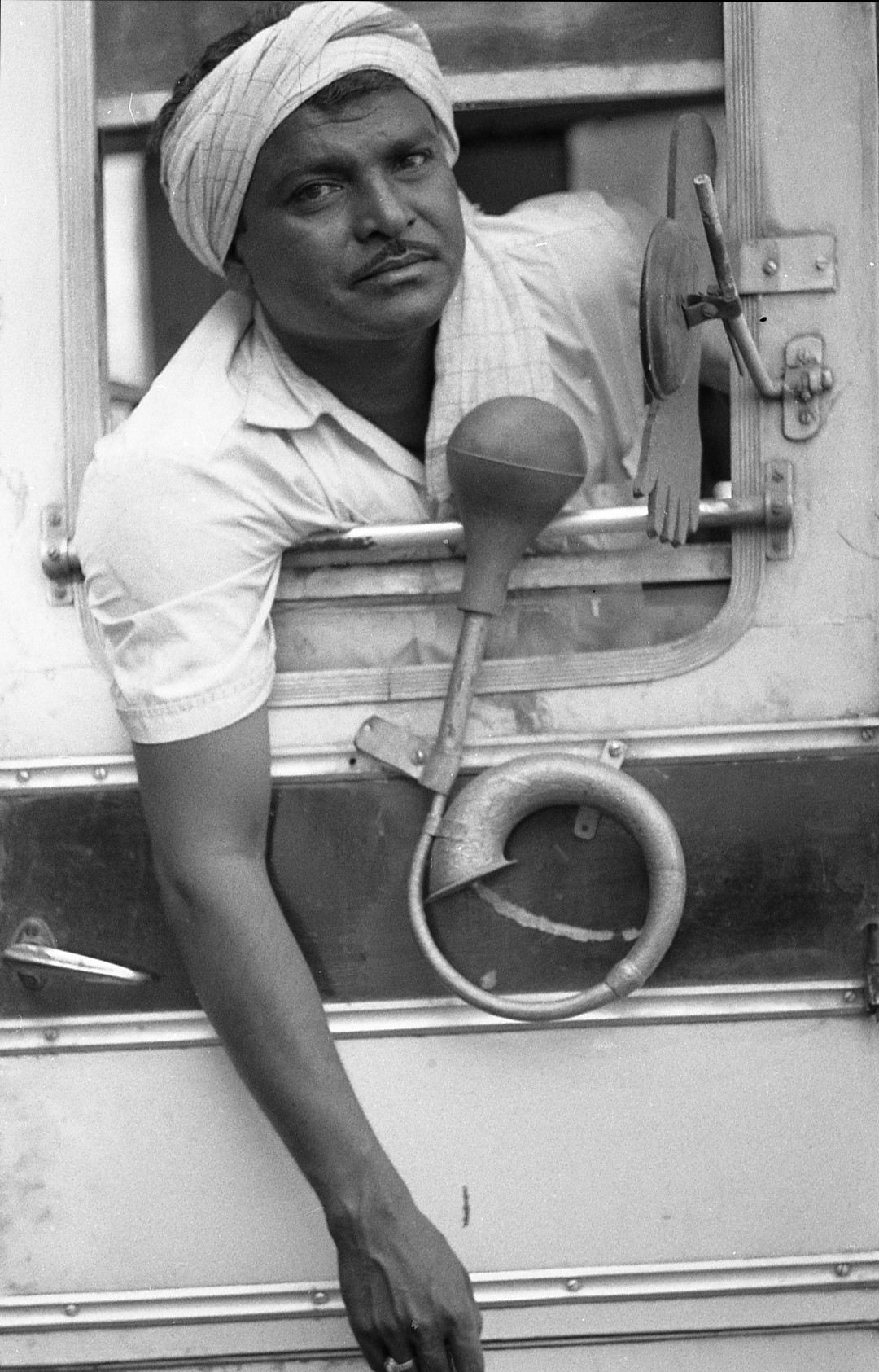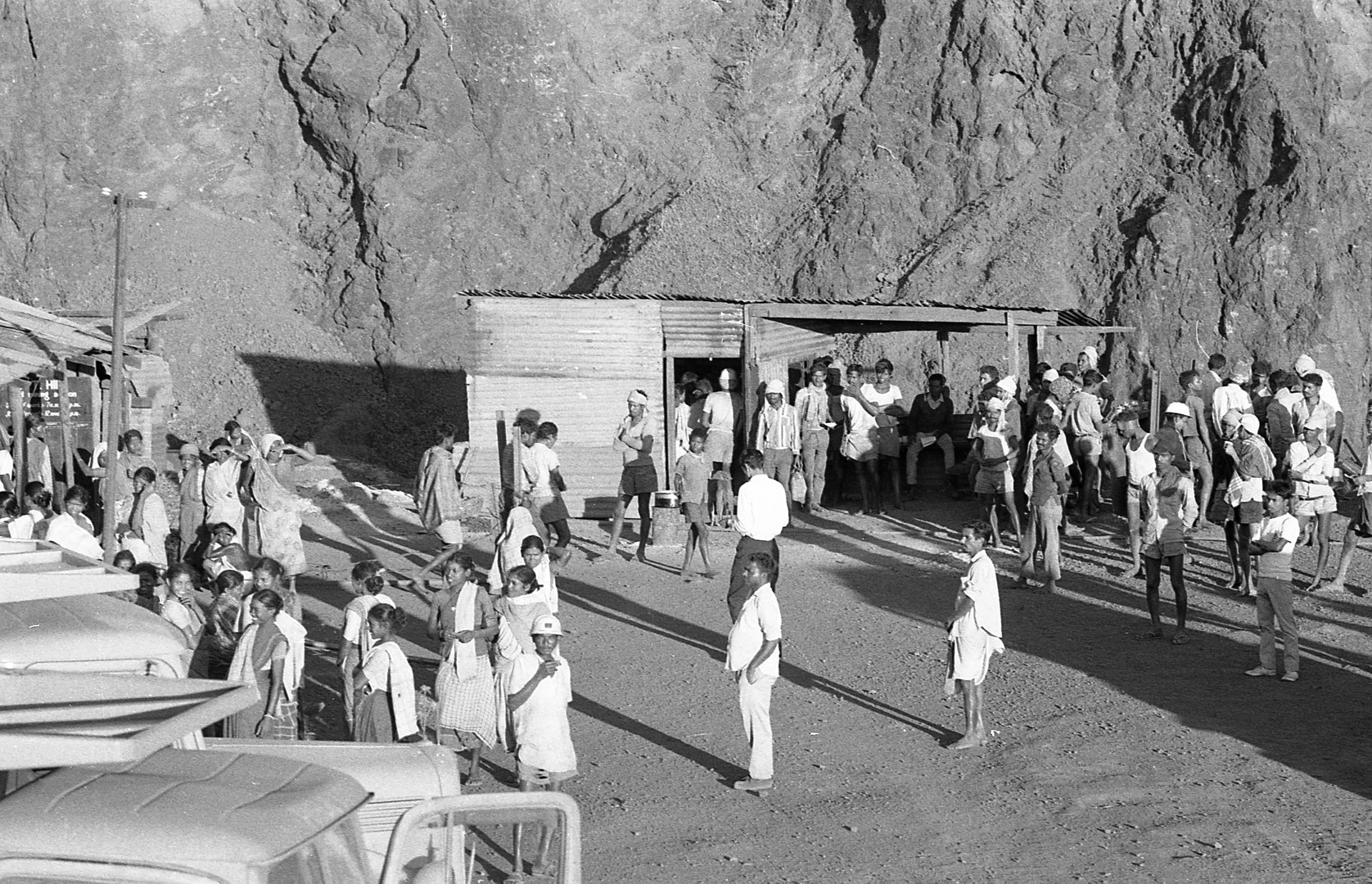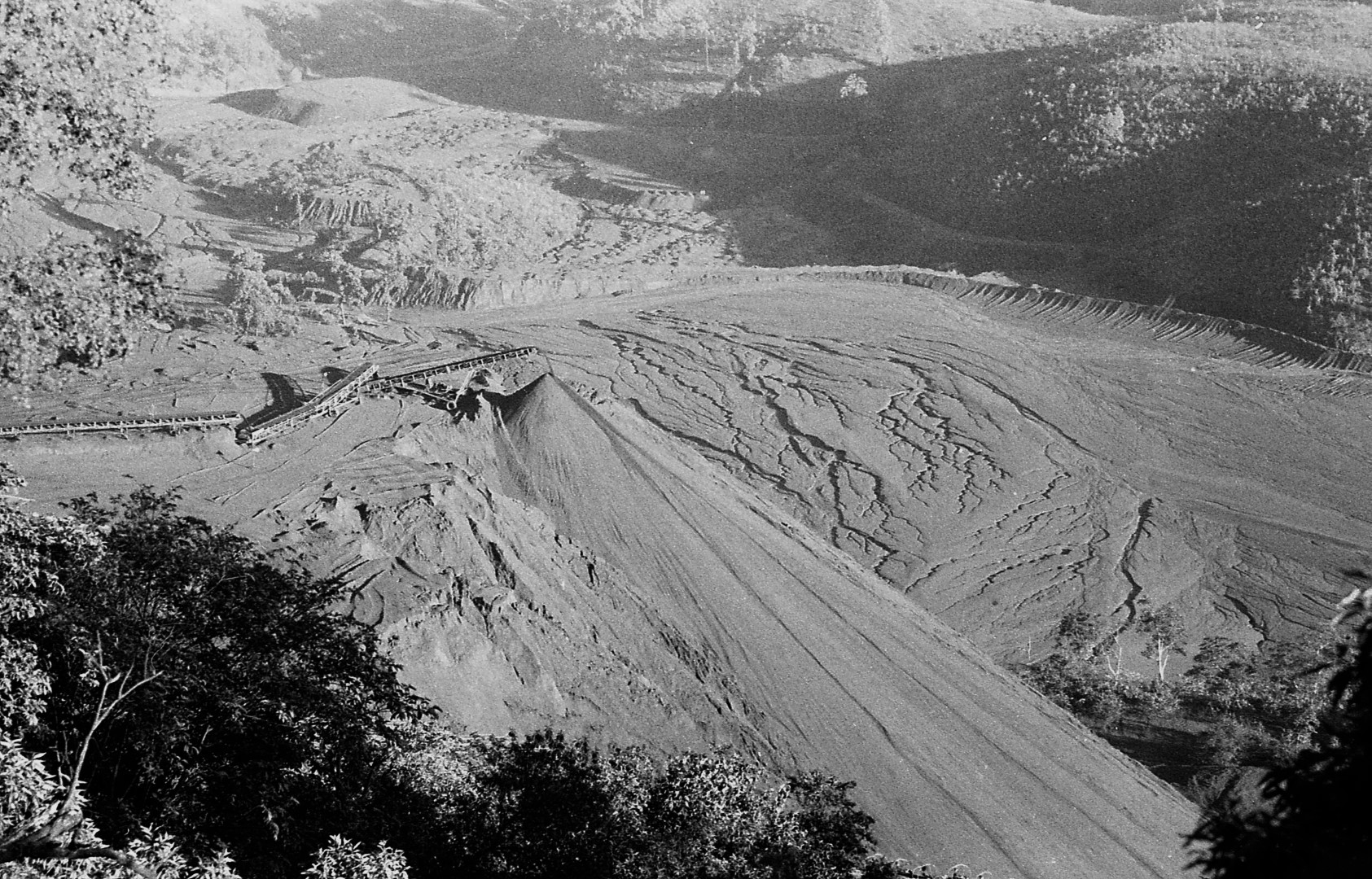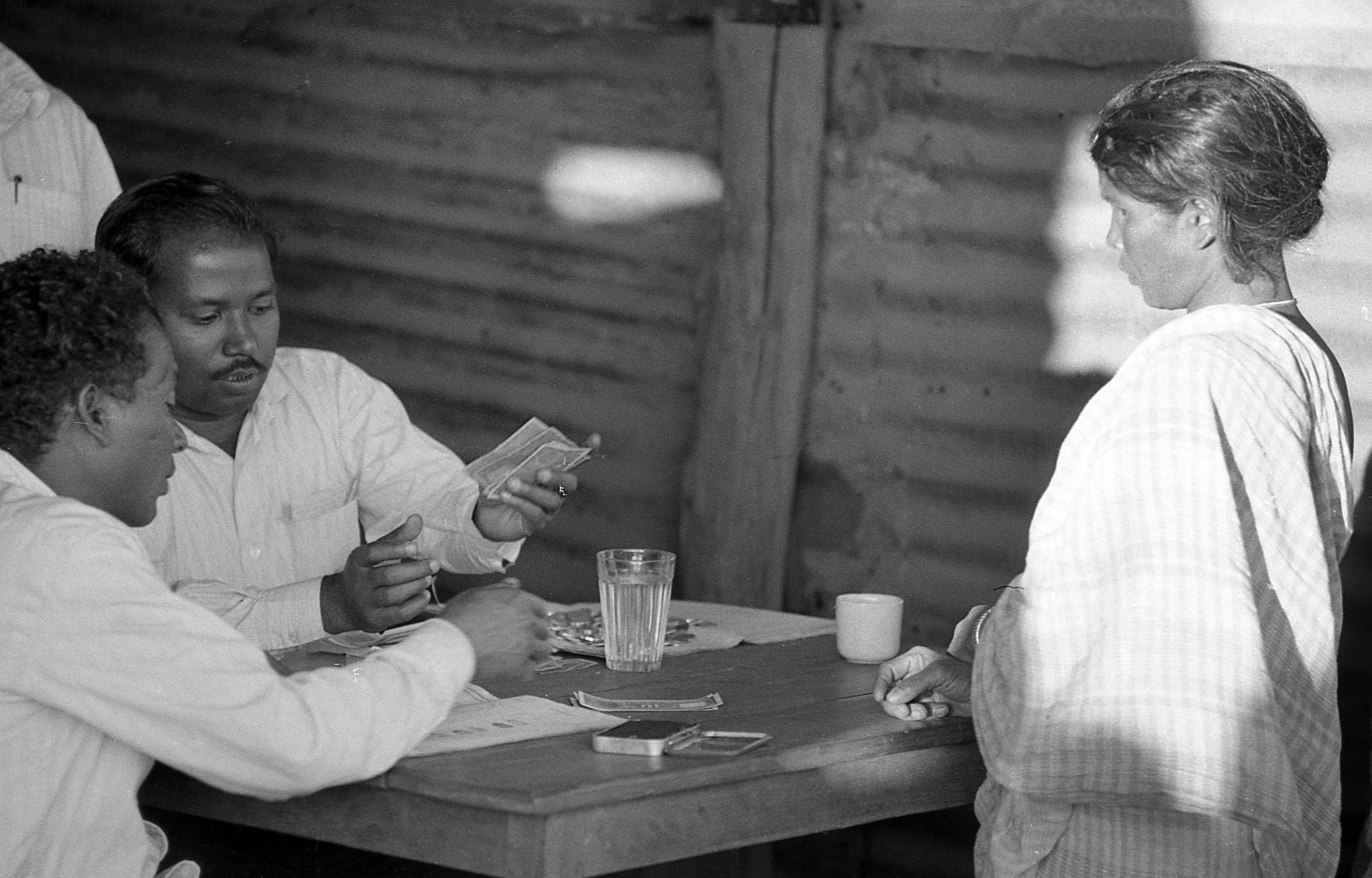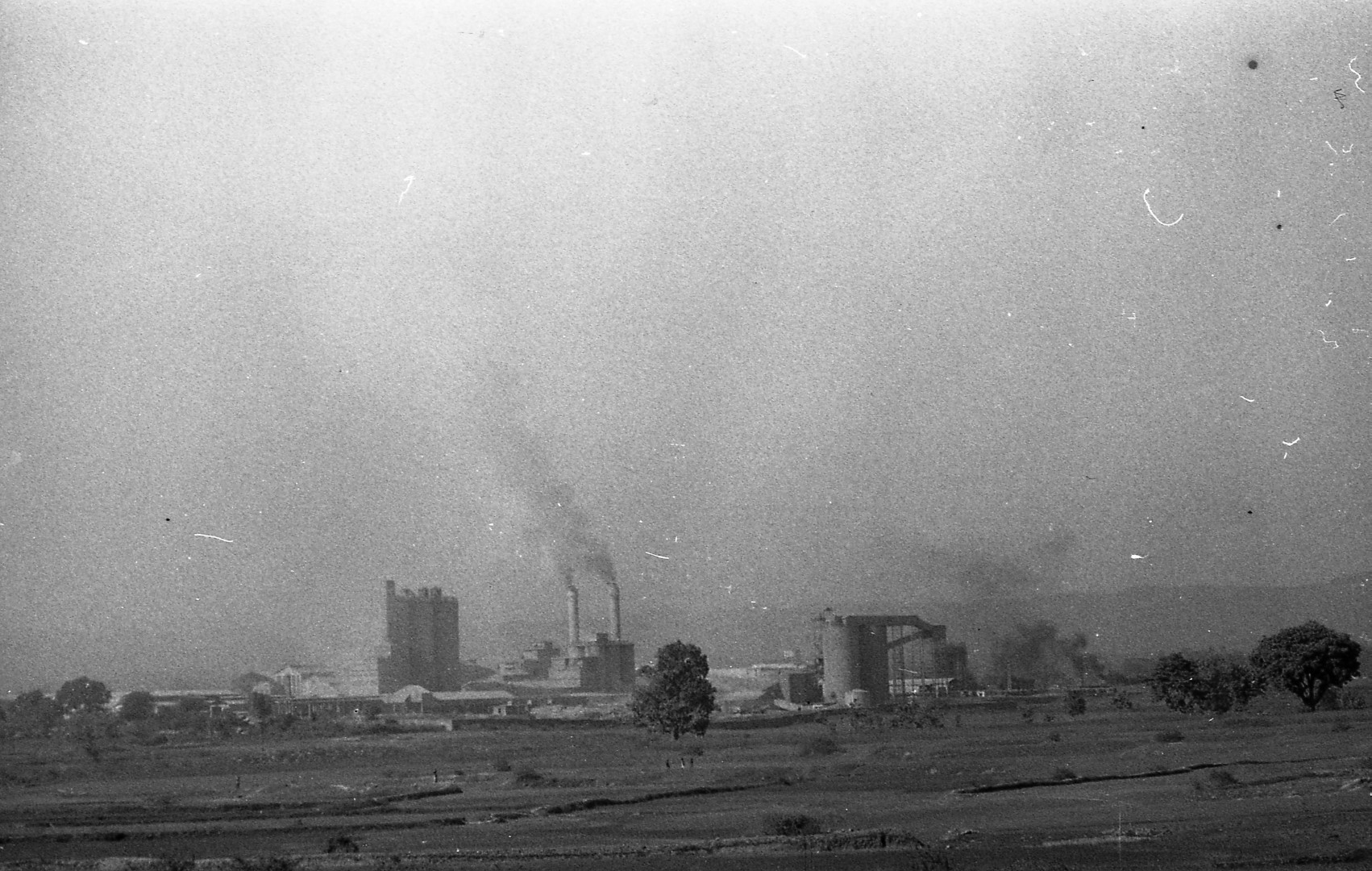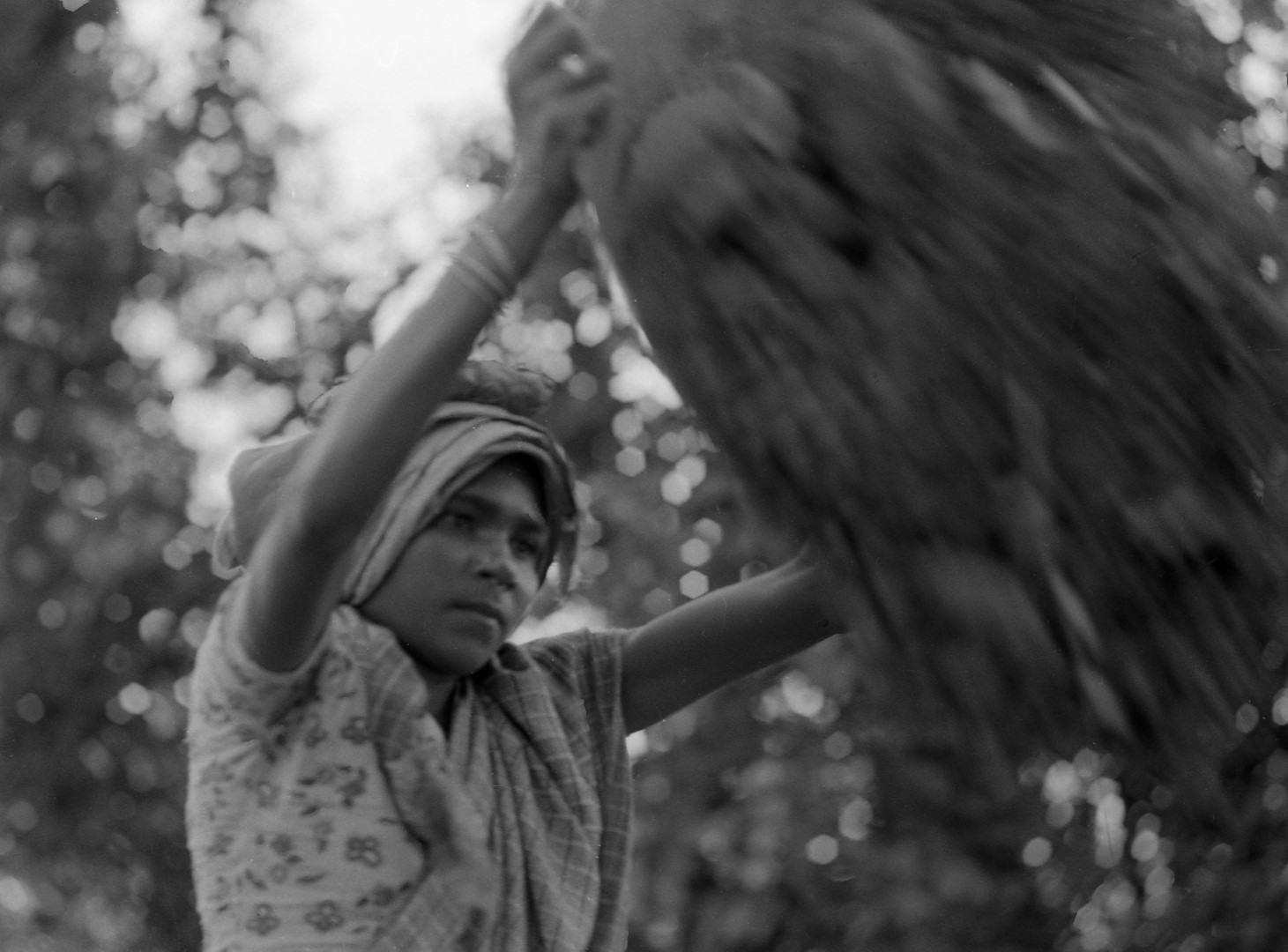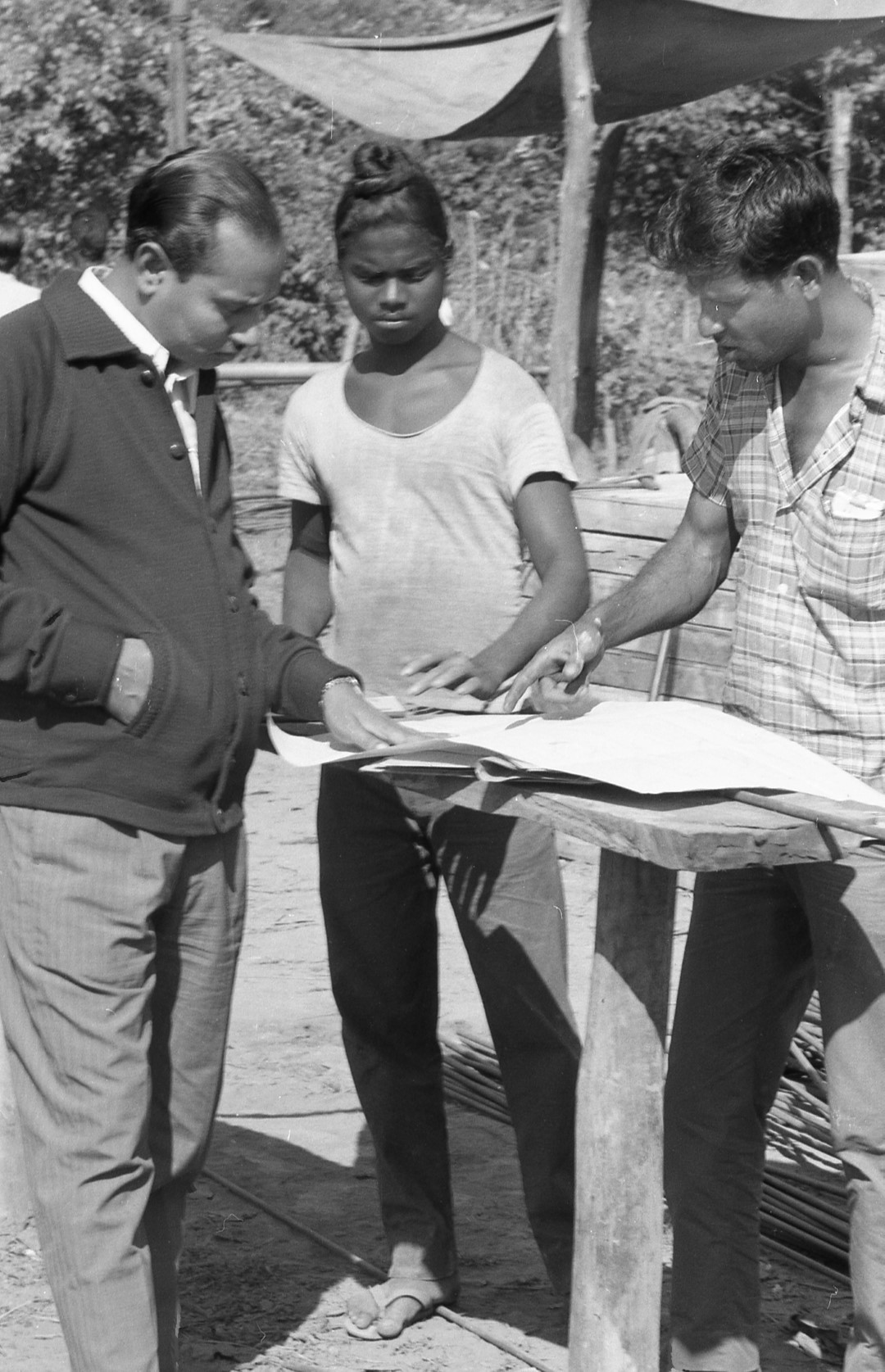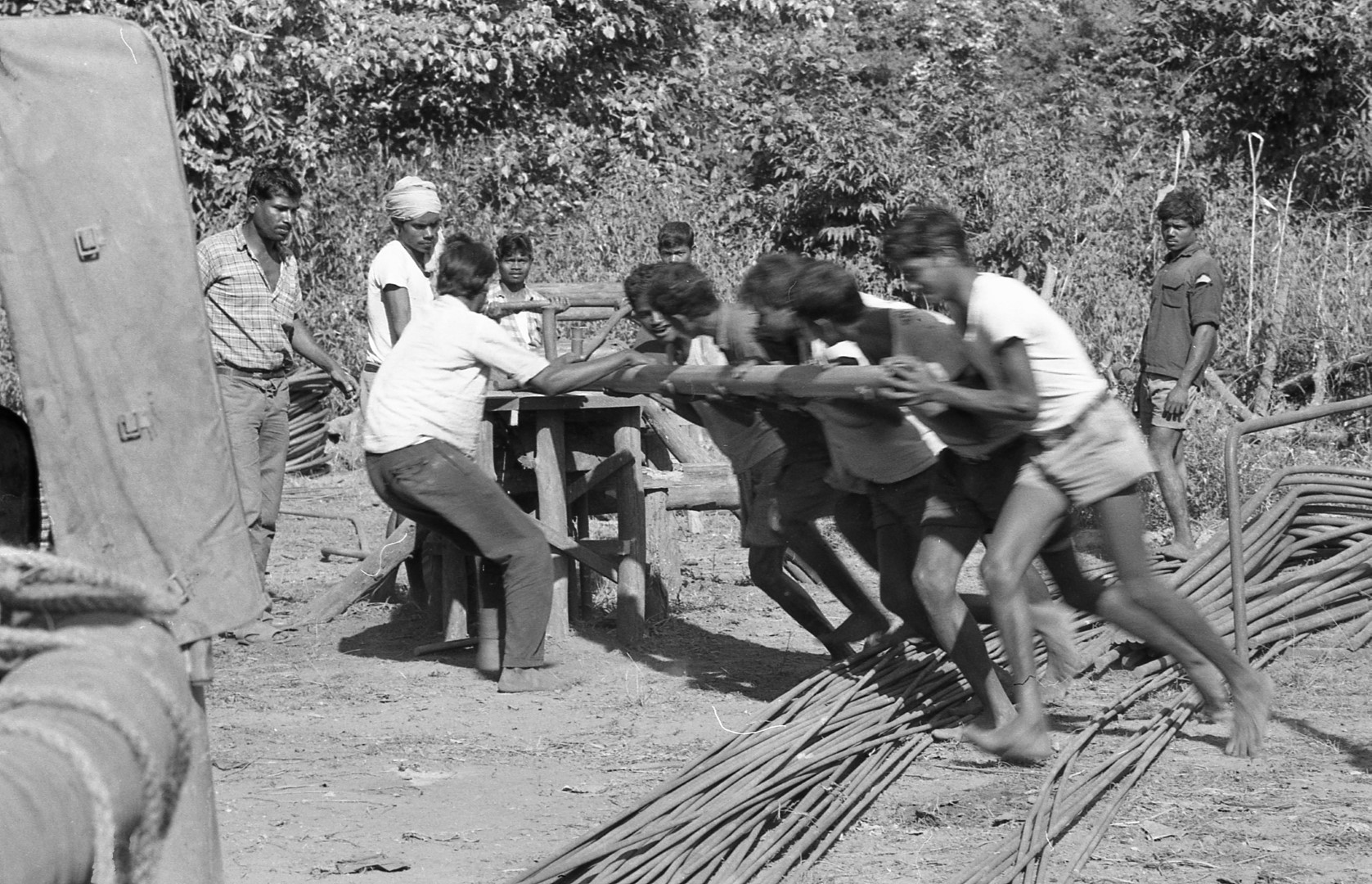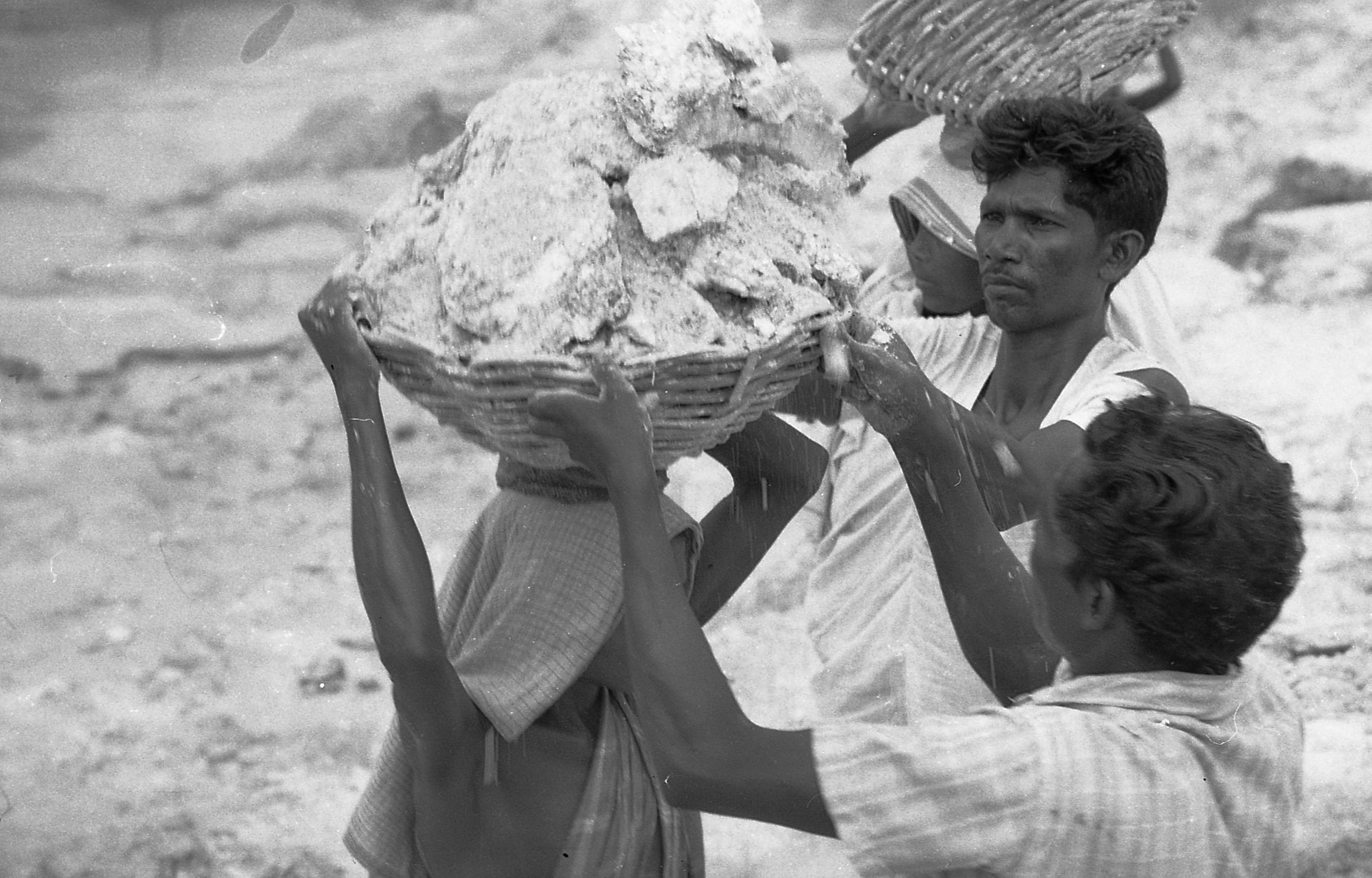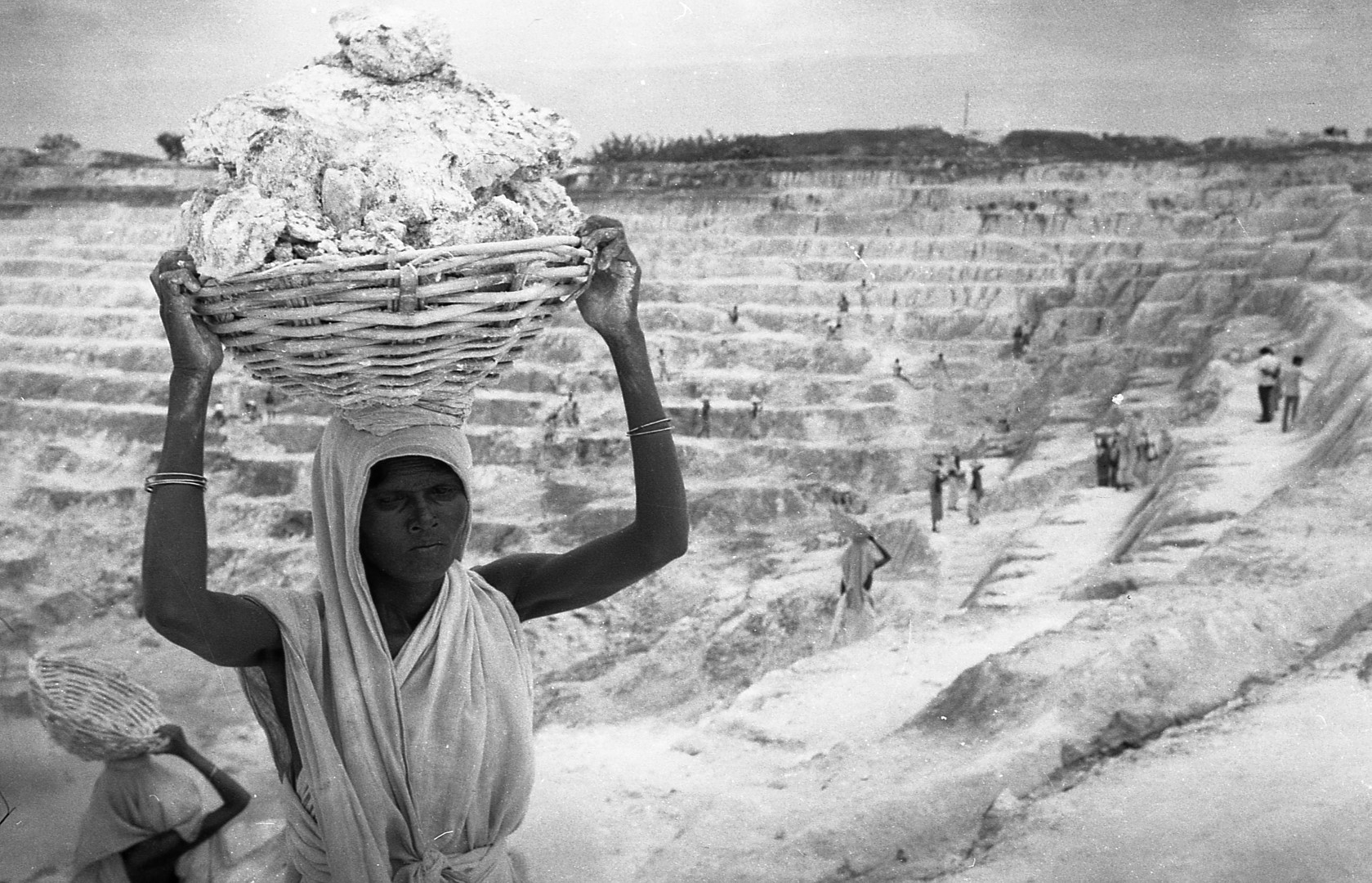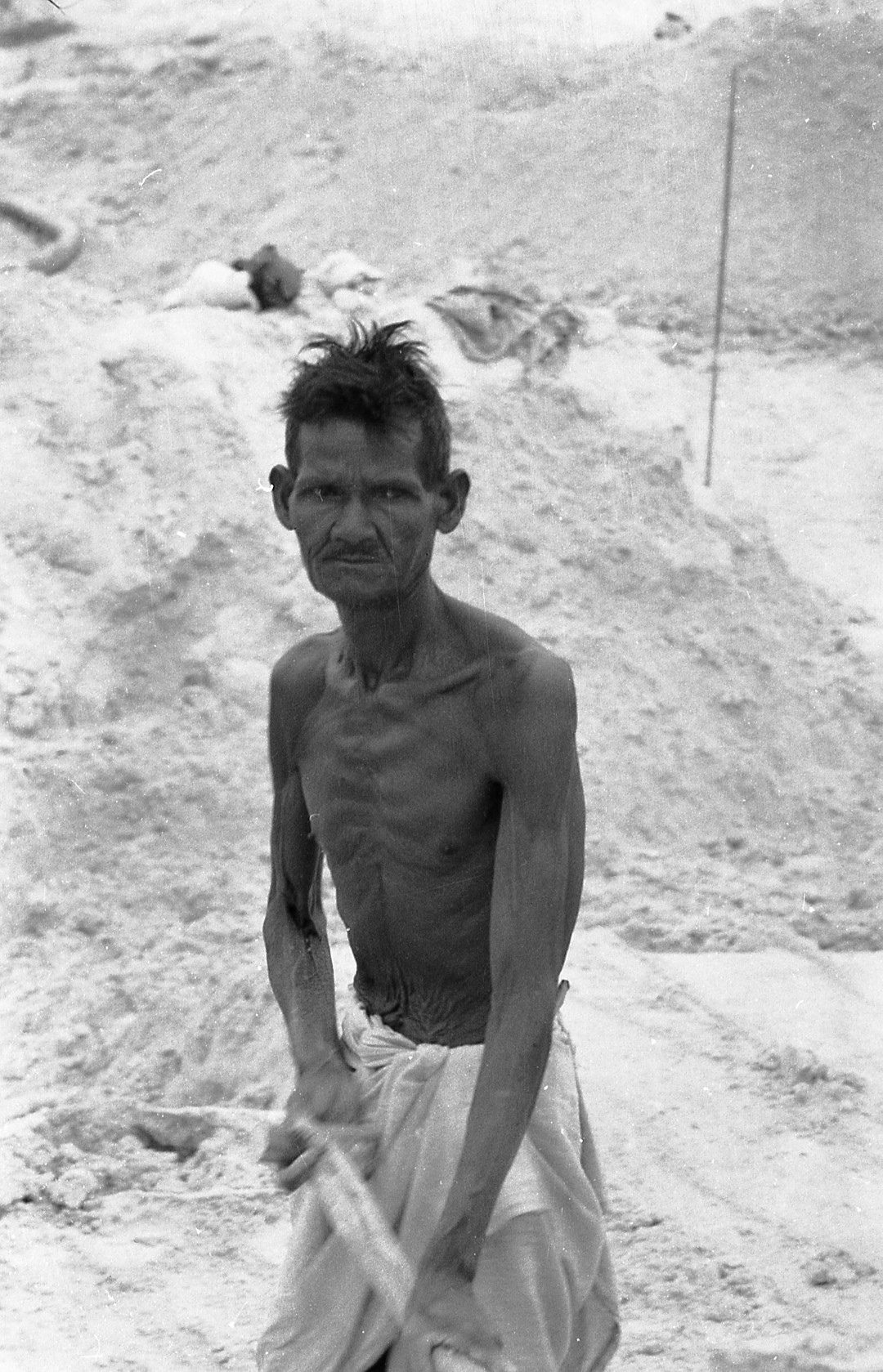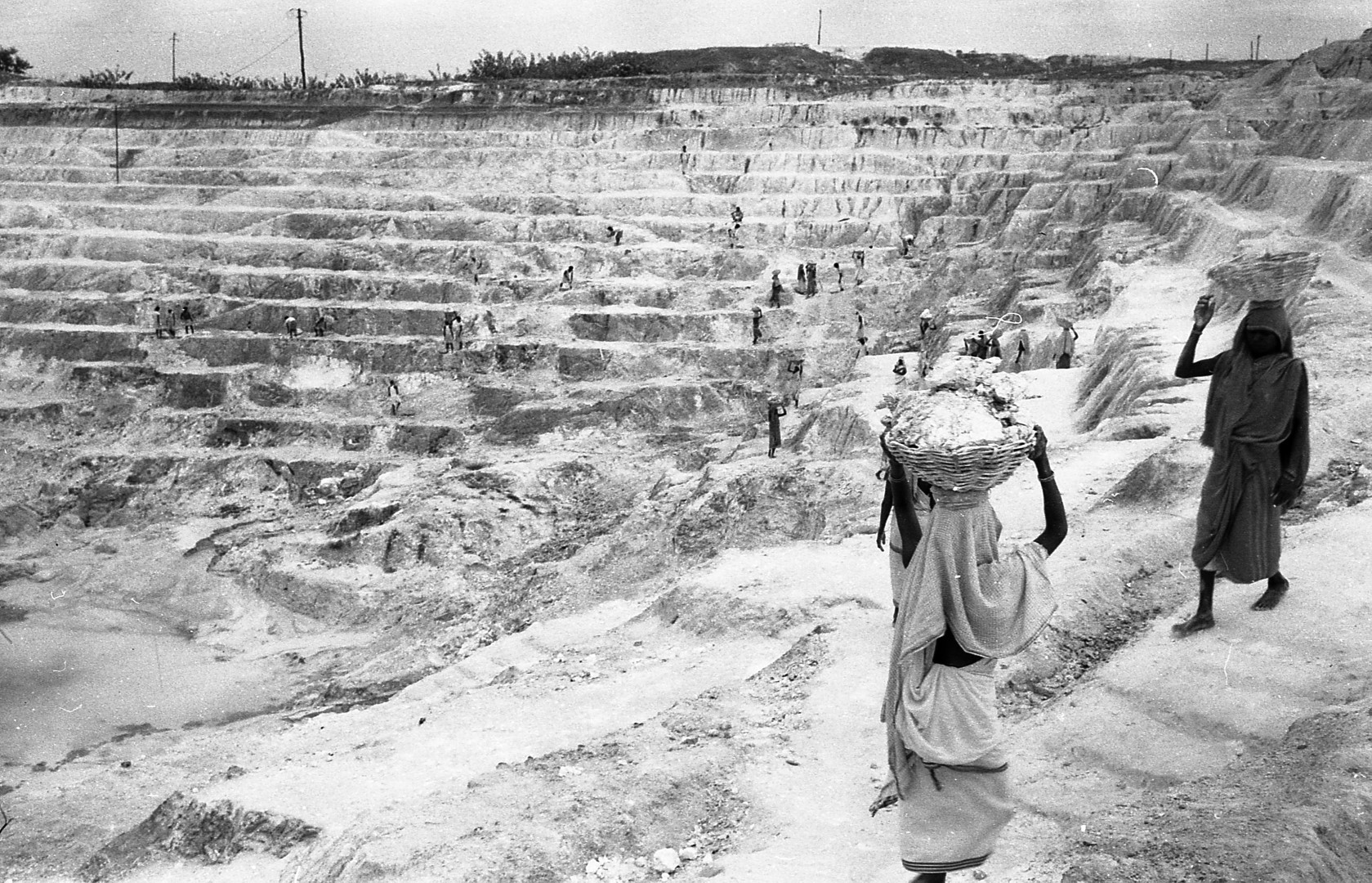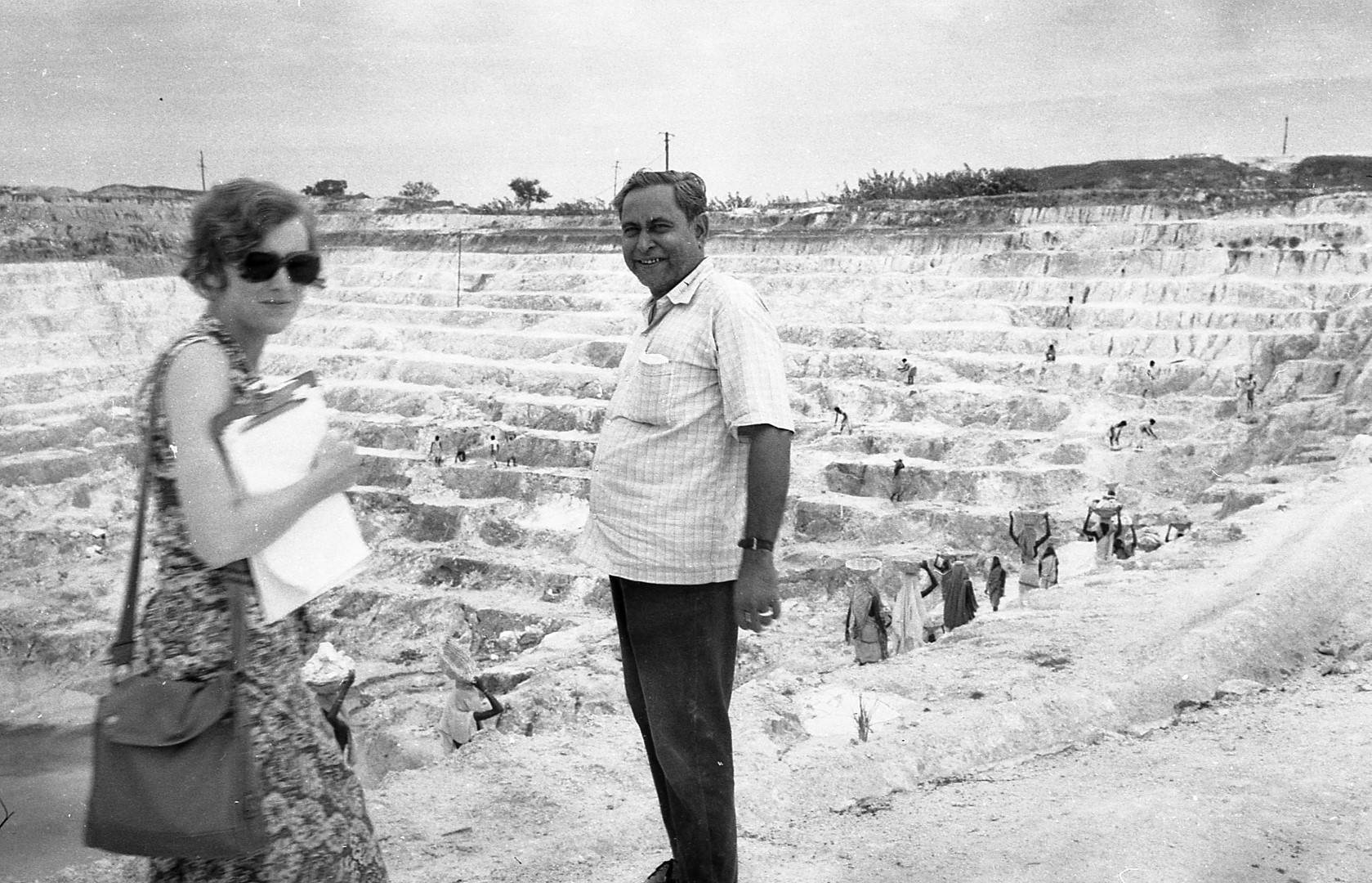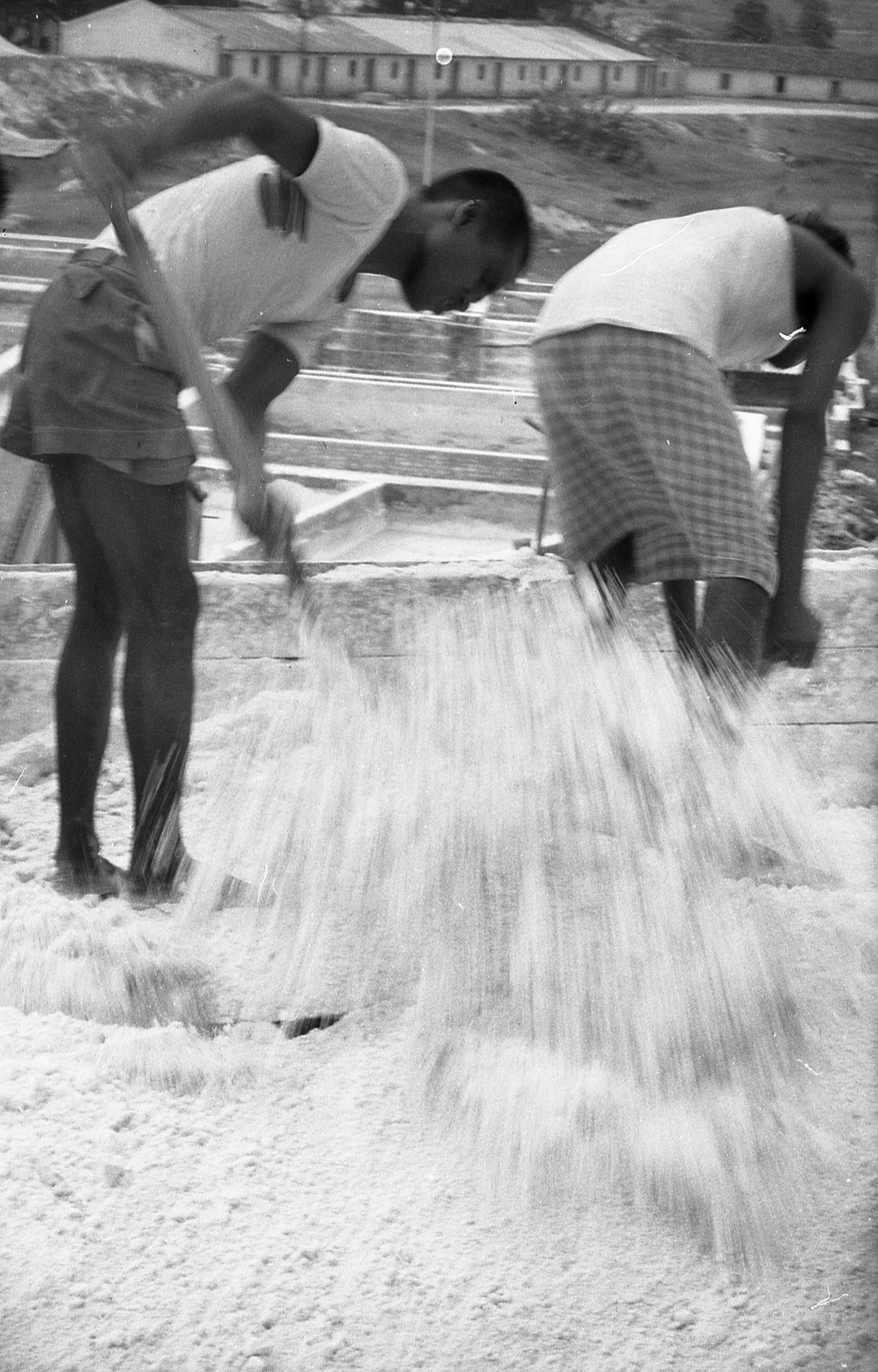Mines
Chiria Iron mines
These iron ore mines are two hours walk uphill from Dubil. Three villagers worked there permanently, hacking at the haematite iron face with pickaxes. These mines were opened in 1901 by the British company Martin Burns. They were called The Bengal Iron and Steel Company. Today they are run by the Steel Authority of India Limited and are called the Chiria Iron Ore Mines. The British built the narrow gauge railway from the minehead to Manoharpur, where it linked to the mainline from Calcutta to Nagpur and on to Mumbai. To this day the Dubil villagers tell a story about a British manager, whose trained labrador dog could pick up a stone thrown into a river.
Gua Iron mines
These iron ore mines are on top of the Gua hills, about 4 miles east Dubil. They are run and owned by the Tata Iron and Steel Company, TISCO, based in Jamshedpur, locally called Tatanagar. It being highly mechanised they do not employ many local manual workers. However they do supply relatively good social welfare services.
Noamundi Iron Mines
The Tata Iron and Steel Company, TISCO, has its local HQ at Noamundi with a rail connection to the company HQ at Jamshedpur. The smelters at Noamundi use iron ore from both the Noamundi and the Gua mine. Naomundi is some 15 miles from Dubil, but villagers very rarely go there, even though it has the nearest hospital facilities.
Mineworker, adivasis
The local Ho tribal people, who are landless or have mortgaged their land to pay off debts to moneylenders, and need a cash income, look for wage labour with the large mining companies, like the Steel Authority of India, and the Tata Iron and Steel company, as well as the smaller freelance companies like Rungta Mines. Women usually get employment as ‘coolies‘ or ‘rejas‘ carrying soil and ore in baskets on their heads. Men usually get physically harder work in construction and ore extraction.
Asbestos mines
These asbestos mines are south of Chaibasa town. They supply raw asbestos as an insulating material to the nearby steel industry. Being aware of the health risk of asbestosis, we were interested in the working conditions for local Ho tribal workers.
Salt extraction mine
Salt is a vital commodity for people in a hot climate. During the British colonial period it was taxed. This led to Mahatma Gandhi’s salt marches against colonial exploitation. Salt is still needed and extracted near Chaibasa town. The workers are mostly local tribal ‘adivasis‘.
